Watches That Can Take a Beating: The World’s Most Scratch-Resistant Cases

For a watch to shine as long as on the first day, one property is of vital importance: the hardness of the case material. It is the hardness that ultimately determines how quickly a watch will scratch in everyday use – or not.
The testing method, which is used by most watch brand these days, goes by the name of Vickers. Without boring you about about its technical ins and outs, it is sufficient to know that the procedure’s name stems from a former English mechanical engineering company that developed the method back in 1925.
True to the motto “When the going gets tough, the tough get going”, we have put some of the hardest watches out there to the test to find out how they perform on the Vickers scale. Let’s dive right in!
8. Hanhart: HDSPro
Hanhart, the chronograph expert from the Black Forest, is known far beyond the country’s borders for its iconic timekeepers with the red pusher, but less so for particularly scratch-resistant watches.
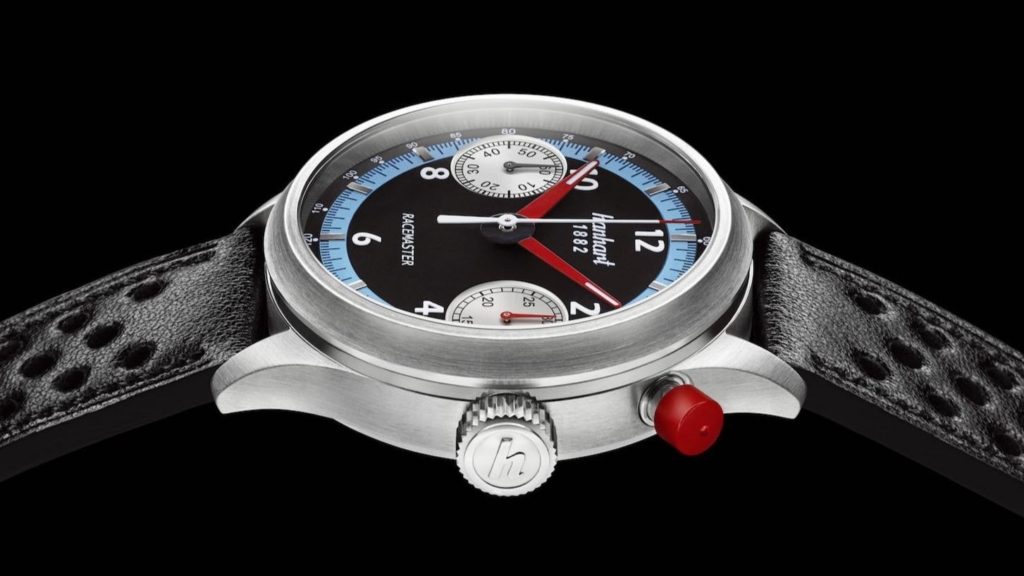
Admittedly to our surprise, it turns out that Hanhart uses a special sort of stainless steel by the name of HDSPro for some of its model, such as the Racemaster Chronograph shown above. According to Hanhart, this material has a surface structure three times harder and 100 times more scratch-resistant than conventional stainless steel.
On the Vickers scale, this corresponds to a result of 700 HV (hardness according to Vickers), making it more than three times harder than normal 316L stainless steel with a hardness of merely 220 Vickers.
7. DAMASKO: Ice-hardened stainless steel
Also Damasko, a specialized German watch manufacturer from Bavaria, is not fully convinced of ordinary stainless steel either. As a result, the company decided to opt for ice-hardened steel instead.
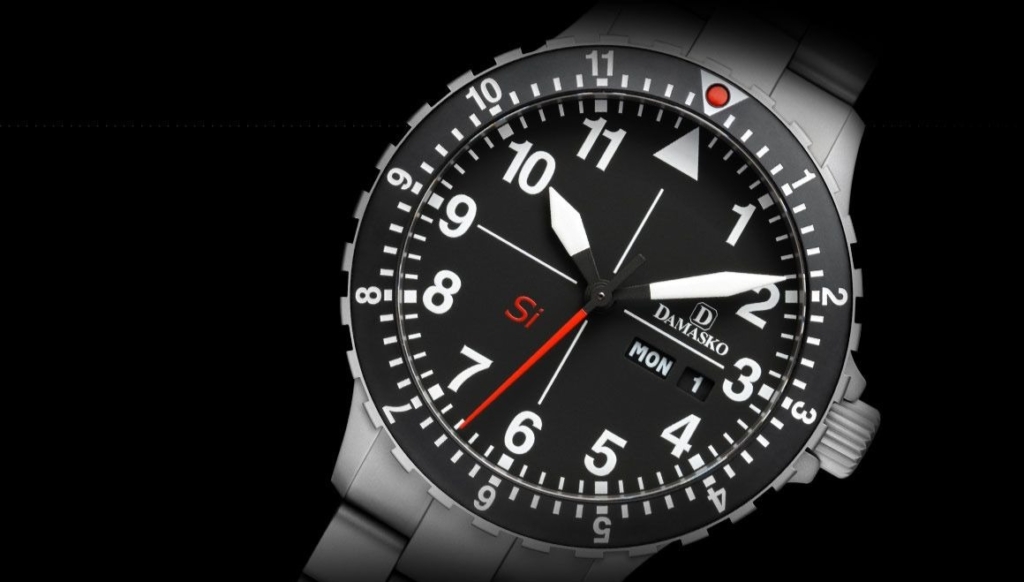
Very (!) simply put, the steel is first heated, only to be rapidly shock-cooled again under high pressure using nitrogen. This special ice-hardening technology allows Damasko’s stainless steel to reach a hardness of over 700 HV.
6. Hublot: Magic Gold
How could a brand, which has completely dedicated itself to the Art of Fusion, not compete in the race for the world’s most scratch-resistant material? Exactly. Hublot’s answer: Magic Gold.

You may not be a big Hublot fan, but honor to whom honor is due. Rumor has it that the development of this proprietary gold alloy has used up around 20kg of gold, not to mention years of development. The result is certainly gratifying, though: By adding about 25% of ceramic to 18k gold (plus some platinum and copper), the standard 400 Vickers of 18k gold have been increased to a whopping 1,000 Vickers. Kudos to Hublot’s R&D department.
5. Archimede: Carbon Diffusion
Archimede, a house-brand of the renowned case supplier Ickler from Pforzheim, relies on a hardening process that involves the chemical incorporation of carbon into stainless steel. Generally speaking, the great advantage of such techniques is the fact that no layer is applied onto the steel that could possibly spall at a later point (as is the case with DLC coating for example).
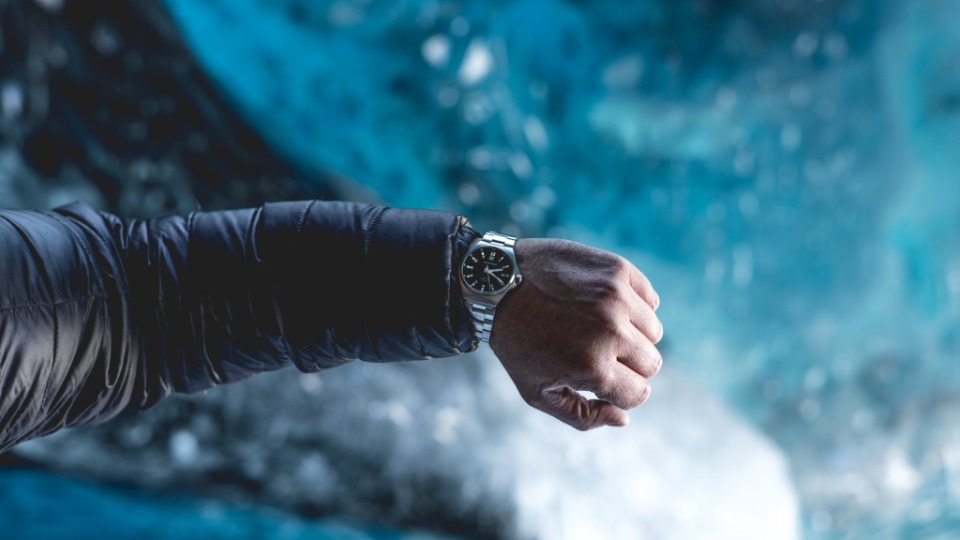
With its Outdoor collection, Archimede also has an ideal selection of watches within the own ranks already that can benefit from the process. With a hardness of 1,200 HV, the watches truly live up to their collection name thanks to their virtually scratch-resistant cases.
4. IWC: Ceratanium
Just like Hublot, also IWC has an ace up its sleeve by making use of an innovative in-house development. In Schaffhausen, this is called Ceratanium, describing a material that combines the advantages of titanium and ceramics: light and fracture-resistant as titanium, yet hard and scratch-resistant as ceramic.

For starters, Ceratanium allows for black watch cases without having to draw on coatings. Even better, however, is the fact that it is a third lighter than an identical stainless steel watch while being extremely sturdy. The watch shown, the IWC Pilot Top Gun Ref. IW371815, boasts a hardness of 1,300 HV.
3. Sinn: Tegiment
Sinn Spezialuhren (literally special watches) is certainly one of the first brands that come to mind when speaking about over-engineered tool watches that are super scratch-resistant. Good news is that the company name checks out again: With the so-called “Tegiment” technology – borrowed from the Latin expression “tegimentum” (meaning “protective layer”) – carbon is being diffused into stainless steel.
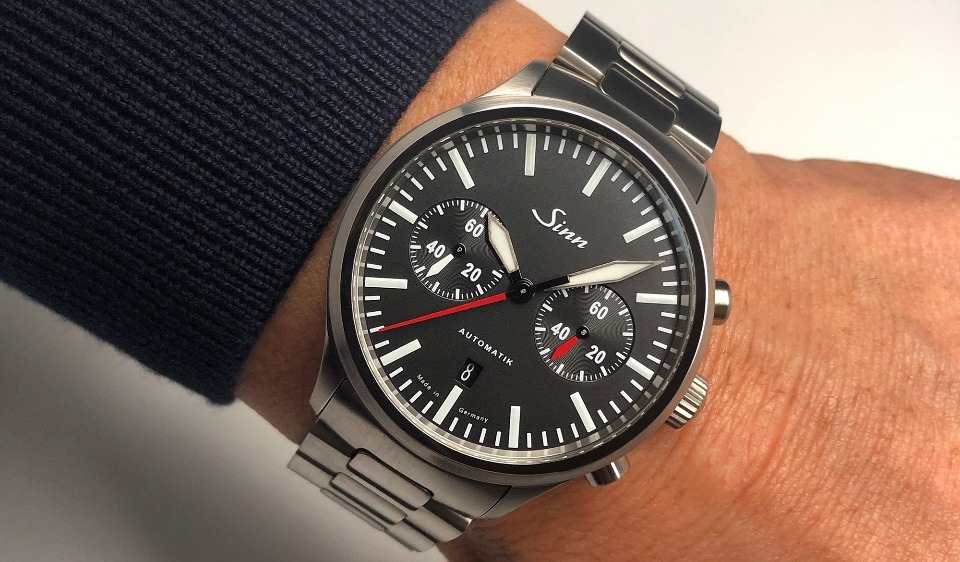
What might sound geeky at first, can actually harden steel watches to 1,200 Vickers (as proven by Archimede already). However, if you also add the submarine steel used by Sinn on top, which is denser than standard steel from an intermolecular point of view, you can even reach levels of astonishing 1,500 Vickers with the Tegiment treatment.
2. Bremont: B-EBE2000
Bremont was founded in England in 2002 and is therefore a comparatively young brand. Nonetheless, with the “B-EBE2000 technology” Bremont has already figured out an innovative solution to make its own watches far more rugged.
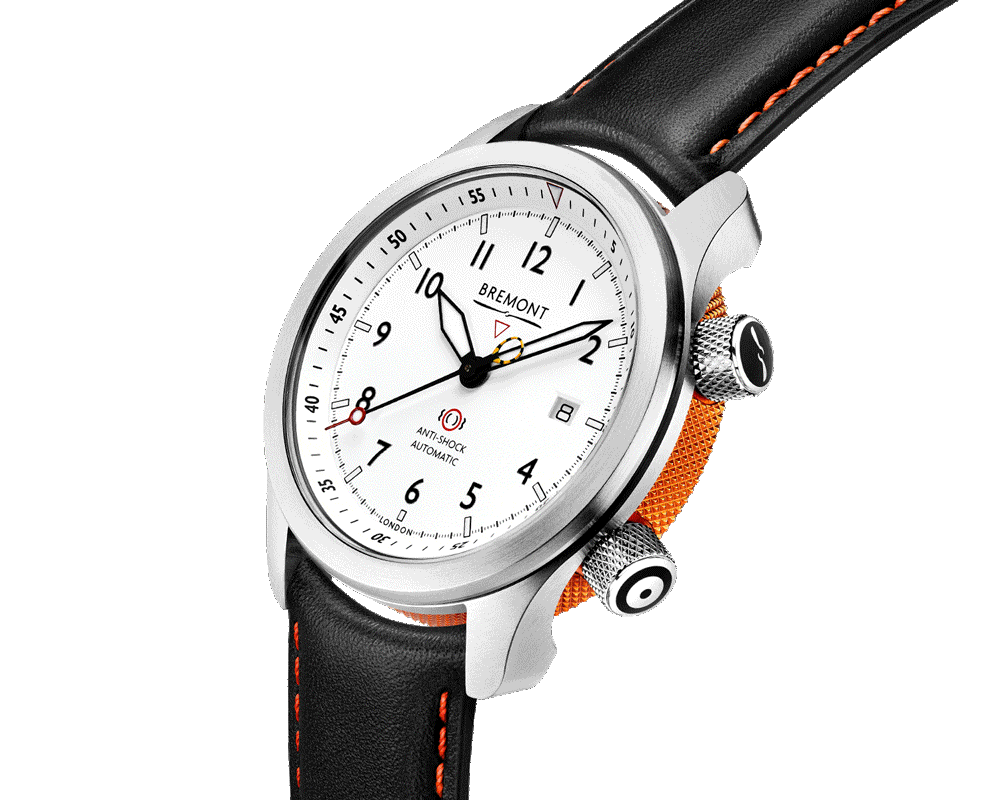
Like its predecessors on this list, Bremont uses a combination of heat treatment and carbon diffusion. In a third step, however, the metal is then bombarded with electrons to maximize hardness and scratch resistance. The result: watch cases with a hardness of up to 2,000 HV.
1. Rado: Nanotech
The diamond has always been (and still is) considered one of the hardest materials in the world, making it the “hardness standard” against which all other materials must compete. Enough reason for Rado to develop a watch that does not need to shy away from it and that can rival a diamond’s hardness.
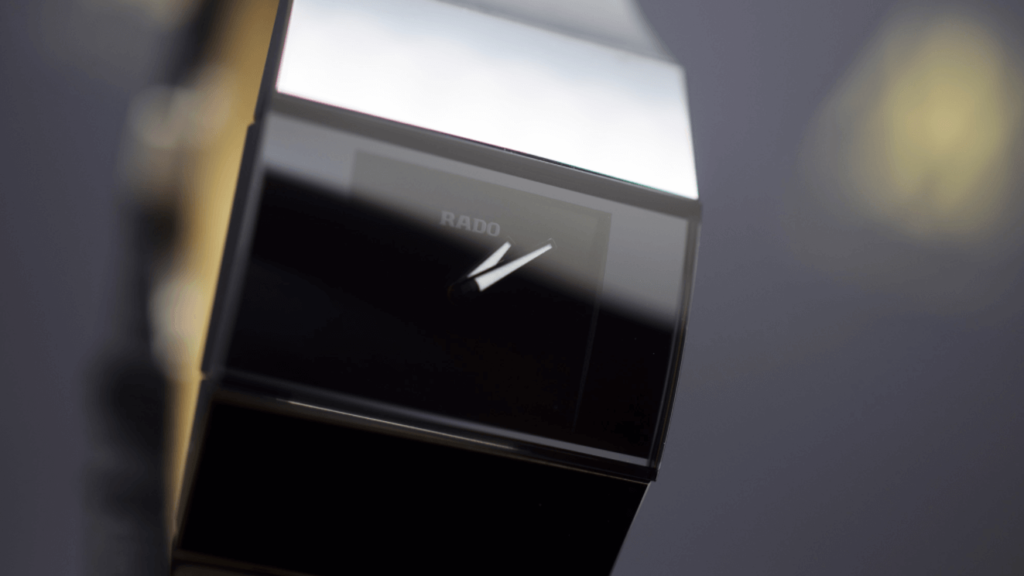
After several years of development and with the help of modern nanotechnology, Rado’s intensive efforts eventually bore fruit: The newly developed watch boasts a surface made of high-tech diamond and is named V10K, hinting at its superior hardness: 10,000 Vickers. This makes it the hardest watch in the world.



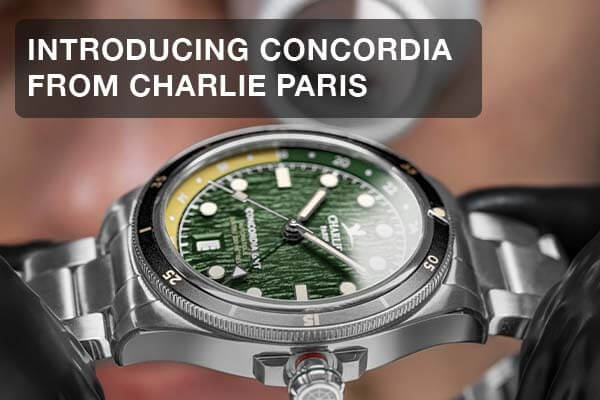
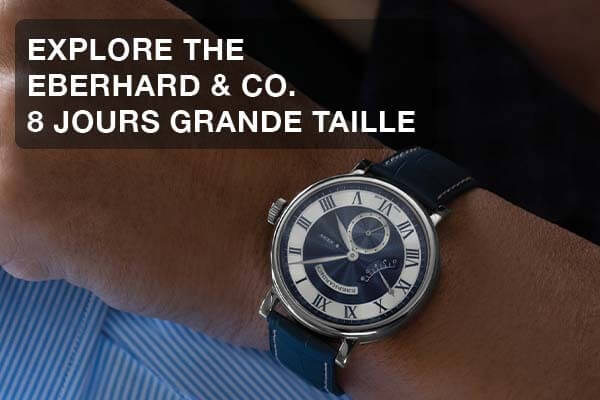
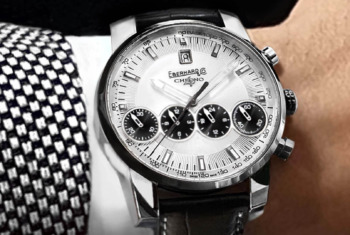
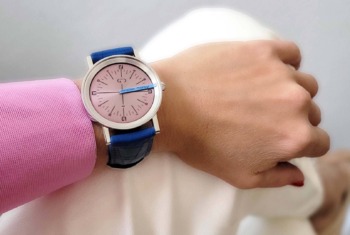
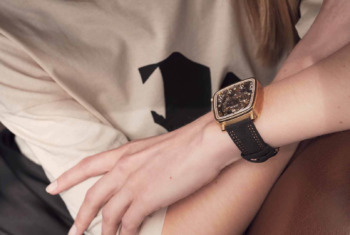
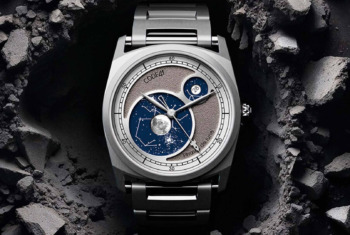
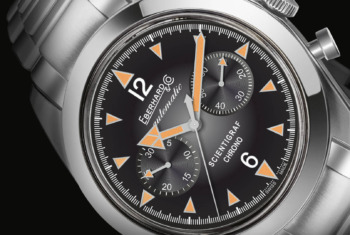
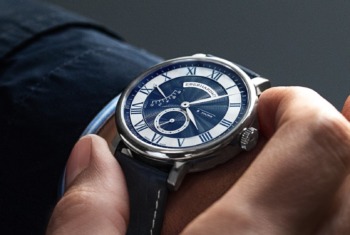
There’s no such thing as the perfect watch material AFAIK. The ‘harder’ the steel gets, the more brittle it gets as well.
Please prove me wrong, I’d love to learn more about this, but every material has a flipside, no?
Never heard of Archimede over here in Denmark, but their value proposition seemss to be on 🔥!
Same hardness as Sinn Tegiment (non-submarine steel), nice straight-forward design and three-digit price tag. What’s not to love?
Still desperately waiting for the day where Sinn tegiments the 356 chronograph!
Hmmm for some reason I’m having a hard time to believe that Bremont’s watches are harder than Sinn.
Uhhh that Archimede ticks a lot of boxes. Best part: It’s <1000 quid.